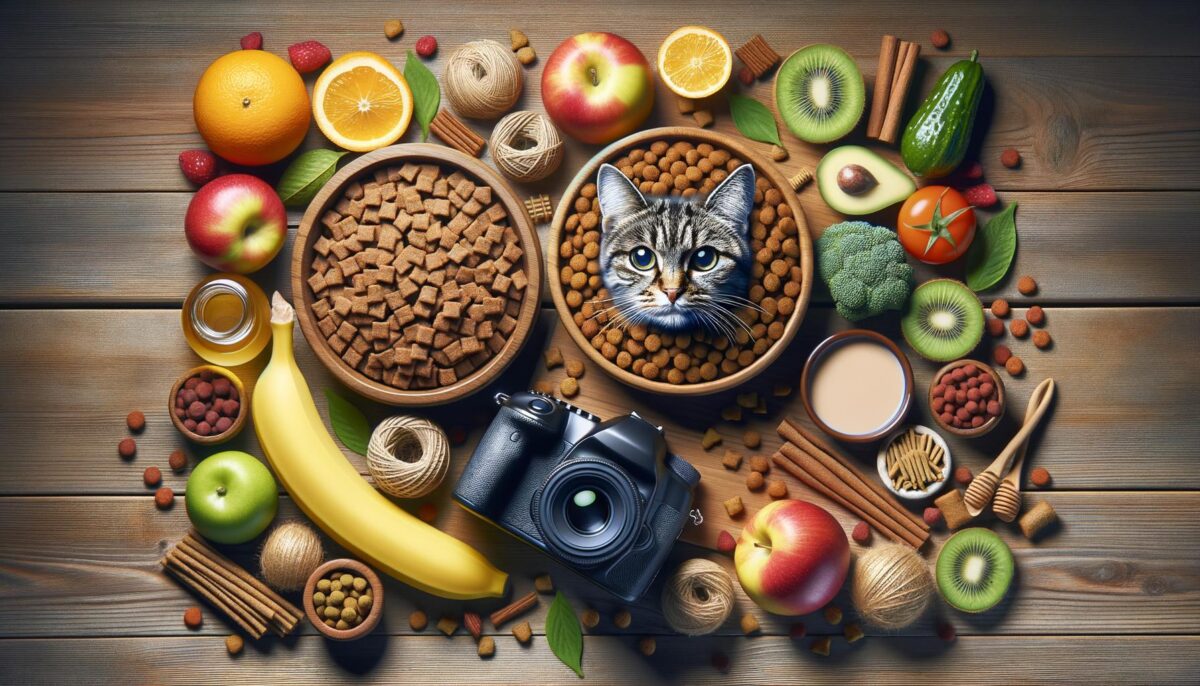Understanding the Nutritional Needs of Cats
When it comes to our feline friends, providing the right nutrition is essential for their health and well-being. Understanding the nutritional needs of cats begins with recognizing that they are obligate carnivores. This means their diet naturally requires a higher proportion of animal-based proteins compared to other pets like dogs. Ensuring that your cat’s food contains a proper balance of proteins, fats, and carbohydrates is crucial.
High-quality cat foods often include a range of nutrients that cater to these dietary needs. Look for foods that list real meat as their primary ingredient. Important amino acids, such as taurine, are vital for your cat’s vision, heart, and immune system. Additionally, fats provide essential fatty acids that promote a healthy coat and skin. It’s also important to consider essential vitamins and minerals, such as calcium and phosphorus, which support bone health.
Choosing the Right Cat Food: Dry vs. Wet
The choice between dry and wet cat food is a common consideration for pet owners. Each type of cat food has its own set of benefits and can play a role in a balanced diet. Dry cat food, or kibble, is popular for its convenience and cost-effectiveness. It has a longer shelf life and is easier to store. Moreover, dry food can contribute to dental health by reducing plaque buildup through the crunching action of eating.
Wet cat food, on the other hand, typically has a higher moisture content, which can help keep your cat hydrated, especially important for those that are not inclined to drink water frequently. It often contains a more similar texture and taste to a cat’s natural diet, making it more appealing to picky eaters. Many cat owners find that a mixed feeding approach, combining both dry and wet foods, is beneficial for their feline companions.
The Importance of Checking Ingredients
When evaluating a list of top 10 best cat foods, it’s not just the name that matters, but also the list of ingredients. Reading and understanding cat food labels can be daunting, but it’s essential for ensuring quality nutrition. Key components to look for include named meat sources rather than meat by-products or generic meat meals. Preservatives, artificial colors, and flavors should be avoided, as they can lead to allergic reactions or digestive issues.
High-quality cat foods often incorporate natural preservatives like vitamin E and C. Additionally, probiotics can play a significant role in maintaining digestive health. It’s always wise to consult with a veterinarian to align your cat’s diet with their specific dietary needs, taking into account life stage, weight, and any health concerns.
Considering Special Dietary Requirements
Just like humans, some cats have special dietary requirements due to medical conditions or sensitivities. Whether it’s food allergies, kidney disease, or obesity, there are cat food options tailored to these needs. Hypoallergenic cat foods are formulated to minimize allergens and often include novel proteins like venison or duck.
Cats with kidney disease benefit from diets lower in phosphorus and sodium, which support kidney function. Weight management formulas typically include fewer calories and higher fiber content to help control weight without compromising nutritional balance. Always check with your vet before introducing a specialized diet to ensure it meets your pet’s health requirements.
Tips for Transitioning Cat Foods
Switching your cat’s food can sometimes be necessary, whether due to health reasons or a desire to explore higher quality options. However, it’s important to transition gradually to avoid digestive upset. Start by mixing a small amount of the new food with the current one, increasing the proportion over a week or more.
Some tips for a smoother transition include:
- Gradually increase the new food by 10% each day to allow your cat’s digestive system to adjust.
- Monitor your cat closely for any signs of digestive distress, such as vomiting or diarrhea, and consult a vet if issues arise.
- Maintain consistency in feeding times and portion sizes during the transition to minimize stress.
Conclusion
In conclusion, choosing the right cat food requires careful consideration of numerous factors, from nutritional content to specific dietary needs. It’s about more than just a list of top-rated options; it involves understanding what’s best suited for your cat’s individual requirements. With diligent research and cooperation with veterinarians, cat owners can ensure their beloved feline companions are not only well-fed but thriving in health. After all, the key to your cat’s heart might very well be through their stomach.
